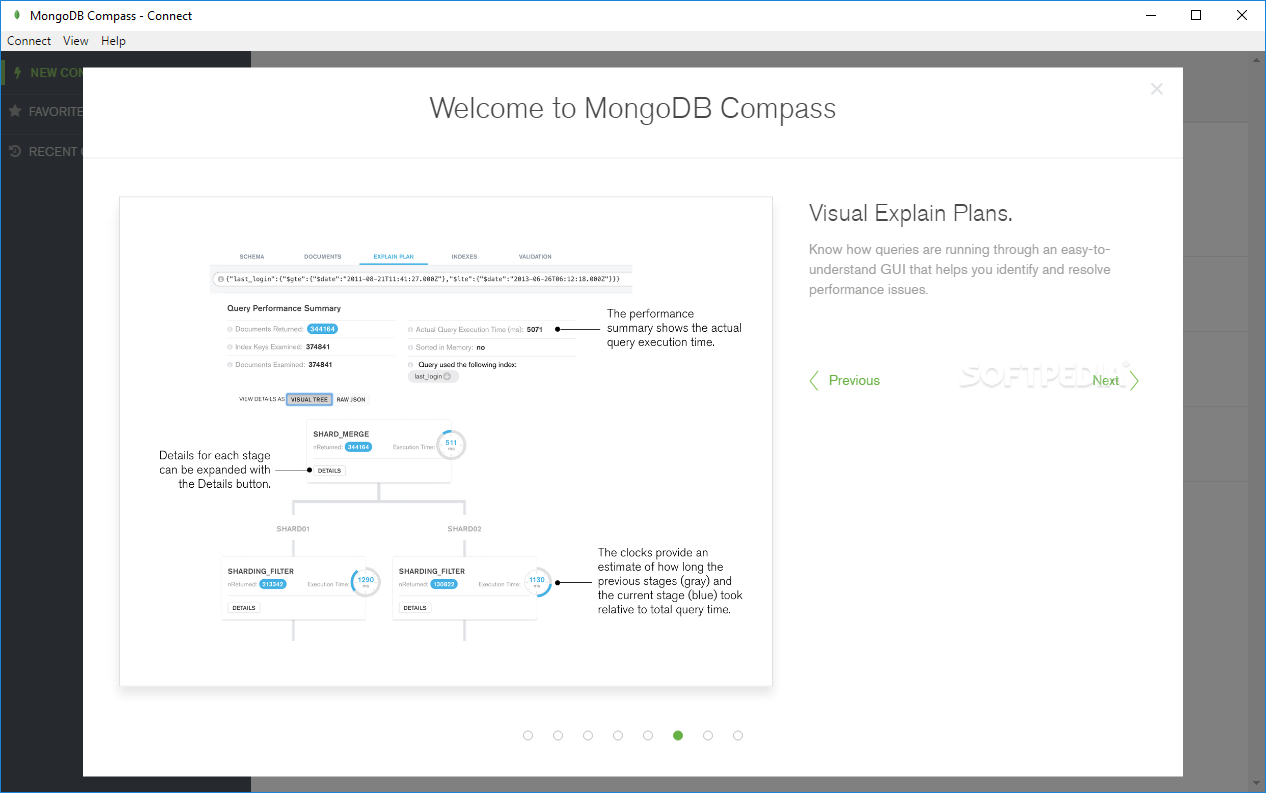

Moreover, businesses are increasingly finding out that MongoDB is ticking all the right boxes when it comes to meeting the business requirements. No downtime while the application is being scaled.Along with these benefits, there are multiple reasons why you need MongoDB: It makes it easy to fetch the data and provides continuous and automatic integration. With the ever-evolving needs of businesses, their database systems also needed to be upgraded. This technology overcame one of the biggest pitfalls of the traditional database systems, that is, scalability. Procedures: MongoDB JavaScript works well as the database uses the language instead of procedures.Īlso, check out the blog on MongoDB Projects.Document-oriented Storage: It uses the BSON format which is a JSON-like format.Schema-less Database: It is a schema-less database written in C++.GridFS feature divides files into smaller parts and stores them as separate documents. GridFS: Without complicating your stack, any size of files can be stored.Huge numbers of replicas give out increased protection and data availability against database downtimes like rack failures, multiple machine failures, and data center failures, or even network partitions. Failure Handling: In MongoDB, it’s easy to cope with cases of failures.MapReduce: It supports MapReduce and flexible aggregation tools.Due to sharding, MongoDB has an automatic load balancing feature. Auto-sharding: This process distributes data across multiple physical partitions called shards.Data is duplicated to foolproof the system in the case of hardware failure. Multiple Servers: The database can run over multiple servers.Also, the common fields in a collection document can have varied types of data.įind out more about MongoDB in this comprehensive MongoDB Tutorial now! The benefit of having dynamic schemas is that a document in a single collection does not have to possess the same structure or fields. Documents are associated with dynamic schemas. Inside the collection, various documents can have varied fields, but mostly the documents within a collection are meant for the same purpose or for serving the same end goal.ĭocument: A set of key-value pairs can be designated as a document.

There are no schemas when it comes to collections. The entire collection exists within a single database. The RDBMS equivalent to a collection is a table. Each of the databases has its own set of files on the file system with multiple databases existing on a single MongoDB server.Ĭollection: A group of database documents can be called a collection. Here is an example of a document database in MongoDBĭatabase: In simple words, it can be called the physical container for data. What it means is that you can concentrate more on making your data work harder rather than spending more time preparing the data for the database. There is no downtime when you want to dynamically modify the schemas.

The data model that MongoDB follows is a highly elastic one that lets you combine and store data of multivariate types without having to compromise on powerful indexing options, data access, and validation rules. This database uses a document storage format called BSON which is a binary style of JSON documents. It allows documents to have different fields and structures. The basic unit of data in this database consists of a set of key-value pairs. It is an architecture that is built on collections and documents. Being a NoSQL tool means that it does not use the usual rows and columns that you so much associate with relational database management.


 0 kommentar(er)
0 kommentar(er)
